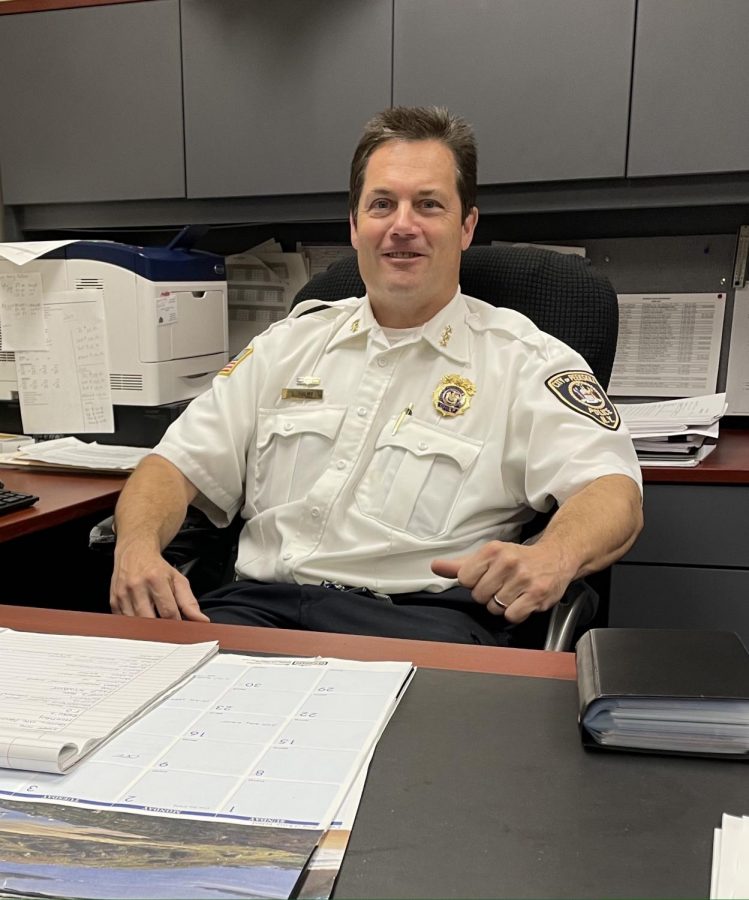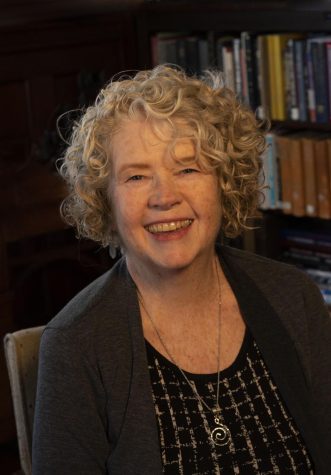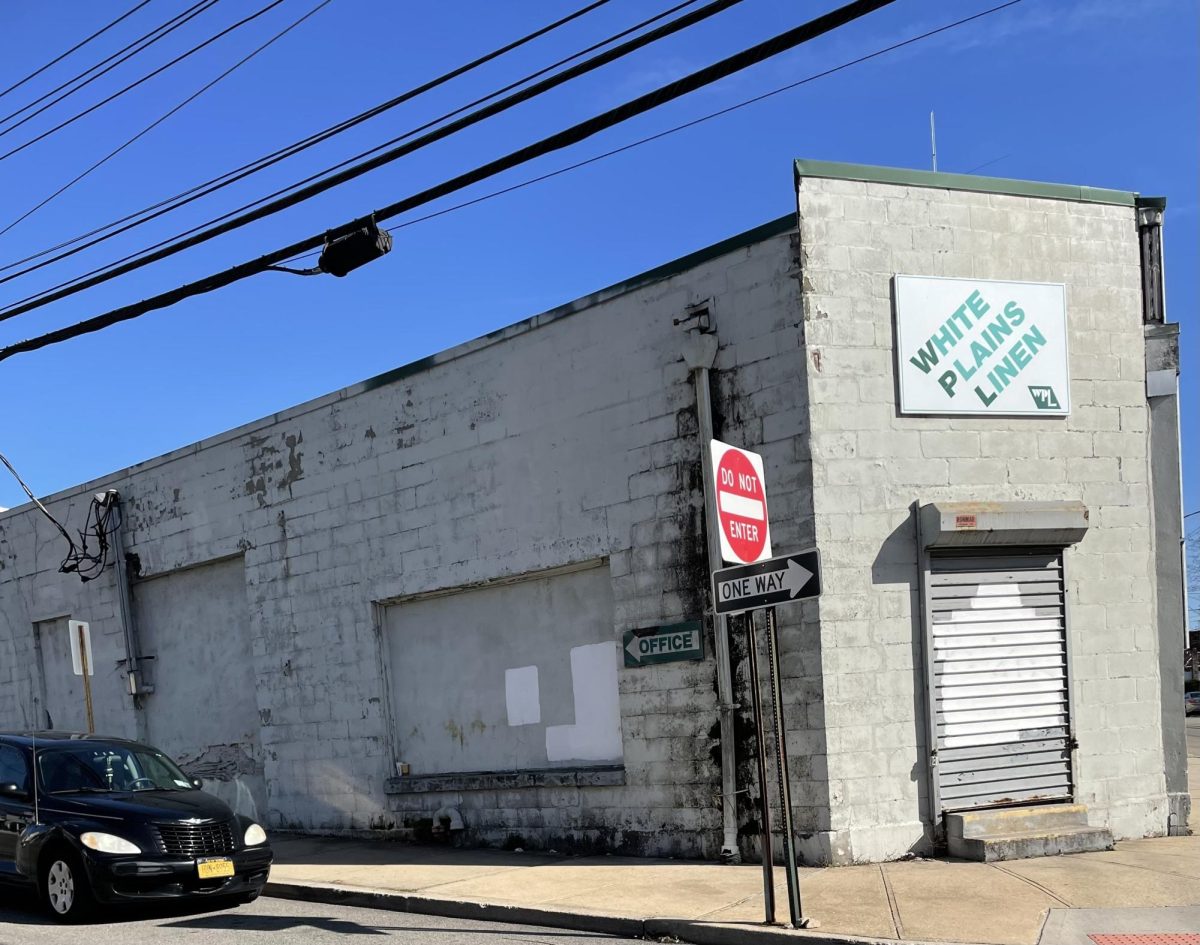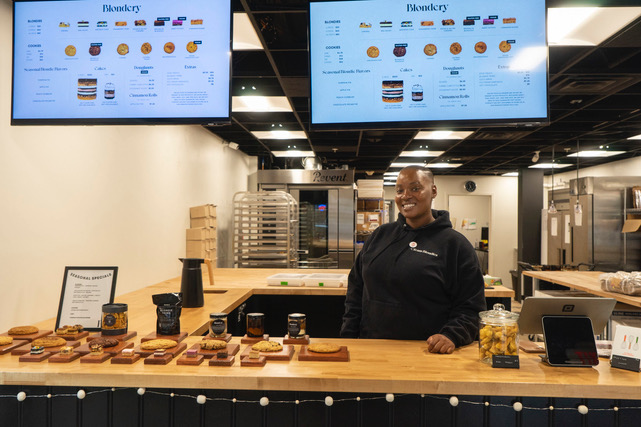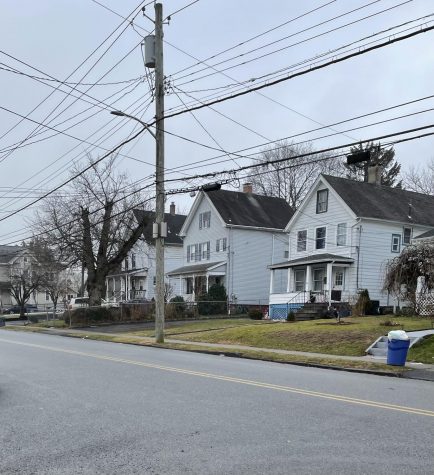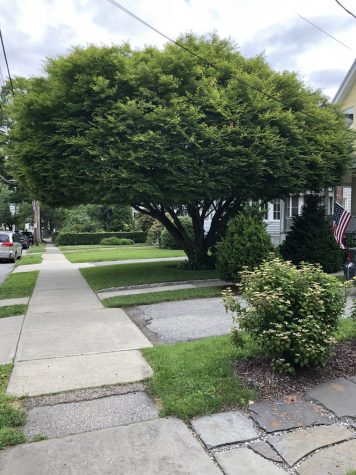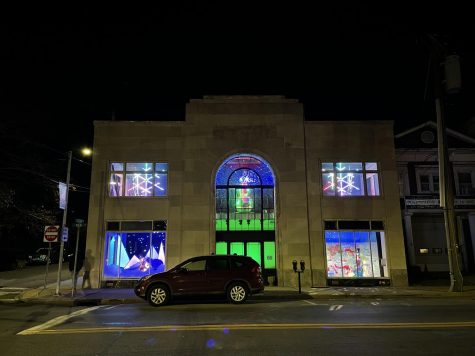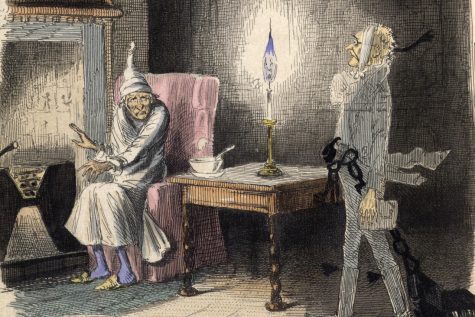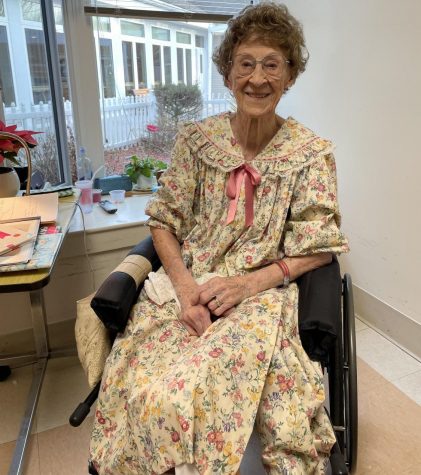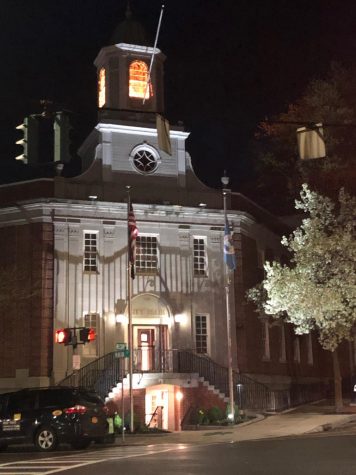Police Chief Don Halmy Reflects on Career in Peekskill
Retiring at end of September
September 1, 2021
When the opportunity presented itself to become the Director of Security for a private K through 12 school of 700 students in Connecticut, Peekskill Police Chief Don Halmy answered the call. He is retiring Sept. 25 after 22 years on the Peekskill Police force, the last three years as Chief.
“It’s tying in everything I’ve done in my career,” said Halmy, 56. He spent 16 years at the Bronx Zoo in the education department where he worked his way up to supervisor of operations of that department. Halmy, who holds a Bachelor of Science degree in biology from St. John’s University in Queens – where he grew up – did a one year stint as a 7th grade science teacher in a New York City public school while awaiting results from the New York City police officer test. He failed the vision part of the test, but a year later he took the test for Westchester County police officer and passed. He was hired as a police officer by Peekskill Police Chief Eugene Tumolo in 1999.
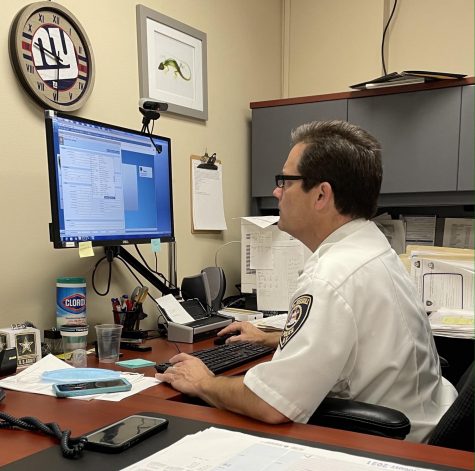
The hiring of 17 new police officers is an accomplishment Halmy is most proud of. “The diverse group I’ve hired represents the community and has made Peekskill one of the most diverse police departments for its size.” There are still six positions open and that’s one of the frustrations he’s experienced. “I haven’t been able to hire enough to fully staff the department.”
Because of the pandemic, there wasn’t a civil service exam (given every four years) for 2020, and that created a logjam on the list from which chiefs can hire. He’s also hamstrung by a civil service “Rule of Three” which means if there are three candidates at the top of the list, he has to select from those three. Sometimes those candidates, upon interviewing them, are not a good fit for the city and he won’t hire them. If he wants to hire someone from the qualified civil service list who lives in Peekskill, that’s an even smaller pool of candidates. If he interviews someone who is a good fit and they don’t pass the agility test, then he’s back to square one. He’s also been frustrated by not being able to compete with other police departments when it comes to officer salaries.
“I’ve had a few people I’ve interviewed who grew up here and always wanted to be a cop in Peekskill, and they passed all the tests and would be a good fit for this department but they were offered more money in a different community in Westchester – and had to take that job,” said Halmy. “It’s all about what cops want in their heart. Do they want to work in a high-end town or village where most of the police work is service or do they want to be in a city where there’s more crime and it is traditional police work? Some like it sleepy and quiet, others want it busy.”
Hiring officers is further complicated because of the massive number of retirements that came about because of the pandemic. So Peekskill is now competing with more police departments for new hires. Candidates took the test in May and the new list with qualified candidates will be available this month.
Police reform is an area that a new chief, who will be hired by the Common Council, will need to implement, said Halmy. Initially going into the discussions of police reform, which was mandated by the state, was difficult as Peekskill and other departments were lumped together in the public perception that they all use excessive force. “We spent a lot of time doing damage control.” There is now a template as a result of the Task Force recommendations. Getting the recommendations into policy is related to budget and contract issues, both of which are being worked on and negotiated now. “My expectation is that these aspects will continue.”
The pandemic continues to be a challenge as more attempts at community policing are not happening because of increased risk of contracting the virus. “We have to protect our officers from getting sick. It’s important to approach policing in such a way to not wipe out the department,” Halmy explained. ”But we’re in much better shape in 2021.”
He reflected on the way public opinion shifted during 2020. “In March, April and May we were the heroes,” he recalled. “People were dropping off food; there were thank you letters and posters. But Memorial Day happened and we went from being heroes to being villains,” he explained – referring to the 2020 death of George Floyd in Minneapolis at the hands of a police officer.
“It was very disheartening to morale, the negativity hurt officers on the front lines every day. Lots of people were working from home but not police officers or emergency responders,” said Halmy.
Halmy, a Mahopac resident who has a 17-year-old daughter and a 21-year-old son, recalled the June 2020 event at Depew Park where a thousand people showed up at a peaceful Rally for Justice in memory of George Floyd. Halmy attended, in his dress uniform, and spoke at the event.
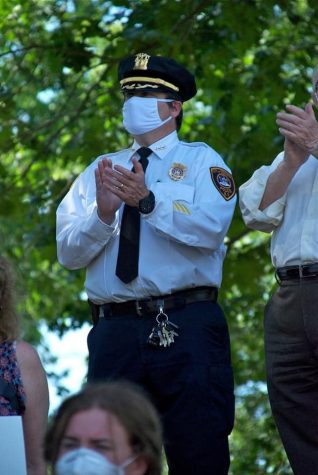
He said he had mixed emotions when recalling that day. “I had to listen to a lot of negativity. But people would come up to me as I walked through the crowds and said to me they understood Peekskill was different from Minneapolis. There was a lot of anger toward the national situation.” He senses that the situation has shifted in that people aren’t demanding ‘defund the police’ anymore. “That’s very demoralizing to hear. I think some of the dust has settled and as long as we look for the positive there will be change. We don’t want the dust to settle and go back to the past.” On the issue of police departments being the recipient of free used military equipment, he said he understands how some can view it as a negative, but he believes the benefits outweigh the negative perception. He offers a scenario of a department having, parked out of sight, an armored vehicle that could be utilized in an emergency situation involving an active shooter. “Every police department has things in a tool box and on a day-to-day basis we bring them out.” When presented with other scenarios (rallies, protests) that such equipment could be used for, he said that is one of the philosophical issues that the next chief will have to decide.
On the legalization of marijuana, Halmy believes it needed to be decriminalized but not legalized. “There needs to be more regulations,” he said, ‘it needs to be equated with alcohol. You can walk down the street smoking a marijauana cigarette but you can’t walk around drinking alcohol.” He’s encouraged by the work the Common Council is doing to put a smoking ban in place at city parks.
Auto accidents are another issue that is part of his domain as police chief. “This is a city, there are a lot more cars. Distracted driving does play a part but distracted pedestrians also play a part,” [in accidents] he said. In the last five years, there was an average of 907 accidents involving autos. That included pedestrian incidents as well since the department doesn’t separately track auto-only accidents vs auto/pedestrian incidents.
In 2020 there were 739 auto accidents. So far this year, there have been 436 auto accidents. At the next work session, the Common Council is taking up the discussion of installing an intersection control device that will encourage cars turning left to slow down. The test intersection is Main Street and Nelson Avenue to see if the device helps reduce crashes said Halmy.
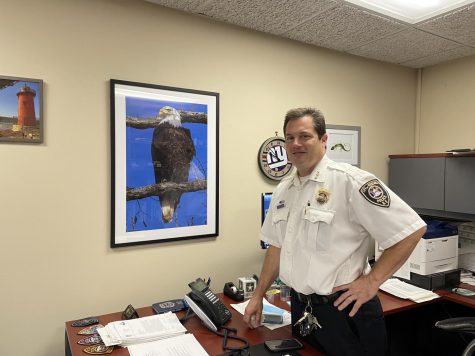
On the wall above his desk, Halmy said the images represent his personal side. There’s a painting of a reptile, one of Halmy’s favorite creatures alongside the NY Giants clock as he’s a big fan. The stunning picture of a bald eagle was given to him when he was promoted to chief by Anwar Alomaisi. Alomaisi, an amateur bird photographer, was a clerk at the A-Plus Sunoco convenience station on N. Division Street. When Halmy was a patrolman on the overnight shift in the beginning of his career, he would stop there for tea in the early hours of the morning and the two became friends. “At 2 or 3 in the mornings of January and February it was pretty quiet for both of us.” In talking about the picture taken by Alomaisi, he said, “now that’s a story for you,” referencing Aomaisi’s deportation to Yemen in February of 2020 because his visa expired. That quote reflects Halmy’s self effacing manner that steads him well with citizens, students and animals.



